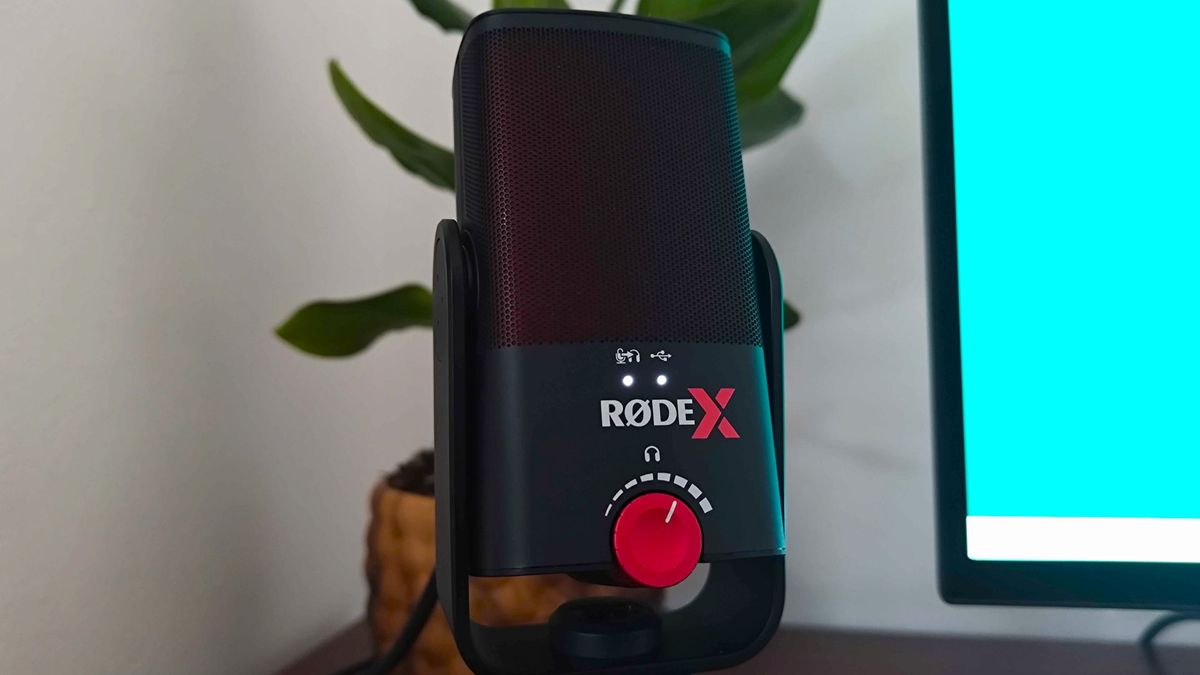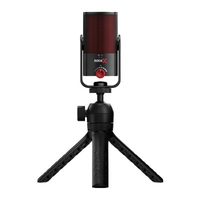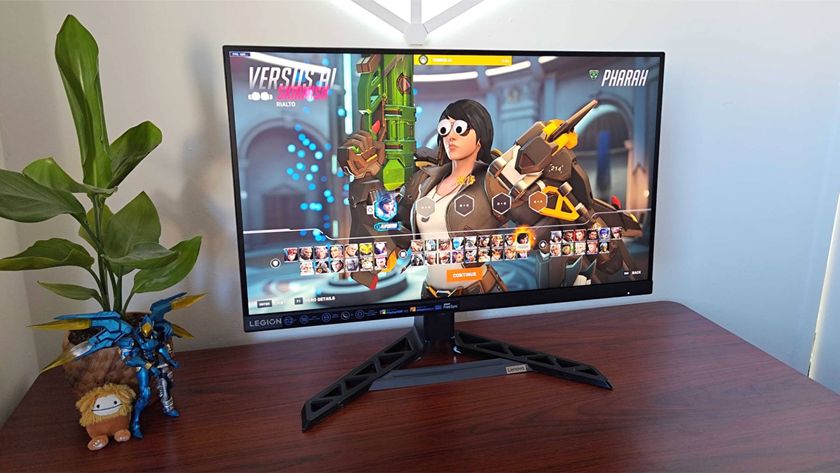This Rode streaming mic lives permanently on my desk, and it’s now cheaper than ever
The Rode X XCM-50 is a streaming dream

I’ve used a few different mics over the years, but I can’t see myself parting with the Rode X XCM-50 any time soon. As a result, it also ends up being the microphone I recommend to anyone asking about streaming and content creation accessories, so I’m pretty hyped about the fact it’s now sitting at a new record low price, even if my parents would disapprove with the investment (something something you should be saving for retirement).
To grab the Rode X XCM-50 for an excellent price, you’ll want to mosey over to Amazon, as it’s down from $149 to $119 thanks to the retailer's Spring Sale. At its current price, I’d argue the condenser mic stands tall among the best microphones for streaming and gaming, and if you’re familiar with the Australian audio experts, you’ll know that the company knows its stuff when it comes to capture clarity.
That said, even if you are a fan of the brand, you might have missed its expansion into the gaming market. Rode X is the label you’ll find on its products designed with gamers in mind, whether you’re putting on a Twitch show, capturing content, or just wanting to shout at your friends while playing Helldivers 2. The XCM-50 specifically serves as a great alternative to the likes of the Blue Yeti, complete with USB-C connectivity, a 3.5mm jack for monitoring, and a nifty tripod that puts many others to shame.
Rode X XCM-50 | $149 $119 at Amazon
Save $30 - Now available for under $120, the XCM has hit a new record low at Amazon thanks to the ongoing Spring Sale. It's current price places it in the same ring as many other condenser options with less features, and you'll get access to the mic maker's Unify virtual mixing software for free.
Buy it if:
✅ You looking for plug and play
✅ You want wide mic coverage
✅ You need a virtual mixing solution
Don't buy it if:
❌ You need to combat background noise
❌ You'd prefer to invest in an XLR setup
Price Check: B&H Photo $149.99 | Best Buy OOT
When it comes to Rode X mics, hardware is only half the story. While the XCM-50 offers up fantastic condenser quality and great cardioid coverage, its accompanying Unify software is also a big sell. The application effectively serves as a virtual mixer, providing audio dials for Rode USB devices, PC applications, and games. It’s essentially a simple, plug and play way to manage your audio setup without branching off into XLR mixing desk and other hardware based shenanigans, and there’s even an optional RODE Streamer X interface if you’d prefer having something physical to mess with.
Should you buy the Rode X XCM-50?


Out of all the mics I’ve tested, the Rode X XCM-50 is my favorite condenser option. I spent a chunk of time with an older Blue Yeti by my side, and while it held up in terms of quality, I always felt like its patterns would catch me off guard. With the XMC-50, I seem to be able to get crystal clear coverage using its set cardioid polar pattern no matter what I’m up to.
Naturally, your personal needs may differ to mine, and if you’re looking to avoid picking up background noise, condenser mics aren’t always the best option. That said, most streamers and content creators are going to want that wider cardioid pattern, as it’ll add a degree of flexibility in terms of positioning. Even if you do decide to use the Rode X XCM-50 for something like direct voice capture, its built in pop shield and capsule shock mount are going to keep those pesky pee’s and bee’s from spoiling what will sound like a studio-quality recording (providing we aren’t going full audiophile about things).
Looking to revamp your streaming setup? Check out the best webcam and best ring light options for a visual glow up. Alternatively, swing by the best gaming monitor if you could be doing with a new display.
Sign up to the GamesRadar+ Newsletter
Weekly digests, tales from the communities you love, and more

I’ve been messing around with PCs, video game consoles, and tech since before I could speak. Don’t get me wrong, I kickstarted my relationship with technology by jamming a Hot Wheels double-decker bus into my parent’s VCR, but we all have to start somewhere. I even somehow managed to become a walking, talking buyer’s guide at my teenage supermarket job, which helped me accept my career fate. So, rather than try to realise my musician dreams, or see out my University degree, I started running my own retro pop culture site and writing about video games and tech for the likes of TechRadar, The Daily Star, and the BBC before eventually ending up with a job covering graphics card shenanigans at PCGamesN. Now, I’m your friendly neighbourhood Hardware Editor at GamesRadar, and it’s my job to make sure you can kick butt in all your favourite games using the best gaming hardware, whether you’re a sucker for handhelds like the Steam Deck and Nintendo Switch or a hardcore gaming PC enthusiast.












